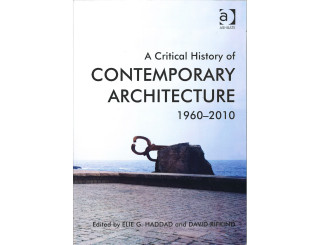
In Southeast Asia, foreign morphologies and practices have been continuously crossbred with indigenous forms and traditions; hybridization has not been so much the exception as the norm. In the present-day age of globalism – in both the ‘core’ countries (Malaysia, Thailand, the Philippines, Indonesia and Singapore) and the ‘peripheral’ countries (Brunei, Cambodia, Laos, Myanmar and Vietnam) – there have been noteworthy regional developments in architecture. Alongside the expected practices of corporate architecture and extravagant design for the nouveau riche (including development of single-family villas and 5-star tourist resorts), there has been, for example, experimentation with bio-climatic skyscrapers (Ken Yeang in Malaysia), tropical cities (Tay Kheng Soon in Singapore), a new water urbanism (Sumset Jumsai in Thailand), high modernism with local materials (ASMA in Cambodia) and experimental forms with bamboo (Vo Trong Nghia in Vietnam). This chapter looks at the region’s urban and architectural history (including that of paddy civilizations, colonial cities – all in the region were colonized except Thailand – nationalistic and socialist typo-morphologies) and the contemporary nuances and regionalism that is evident within the margins of the dynamic and rapidly urbanizing region. As Indonesian Abidin Kusno has written, the regional embracing of the non-political notions of climate and local materials has articulated a post-colonial expression of identity.

